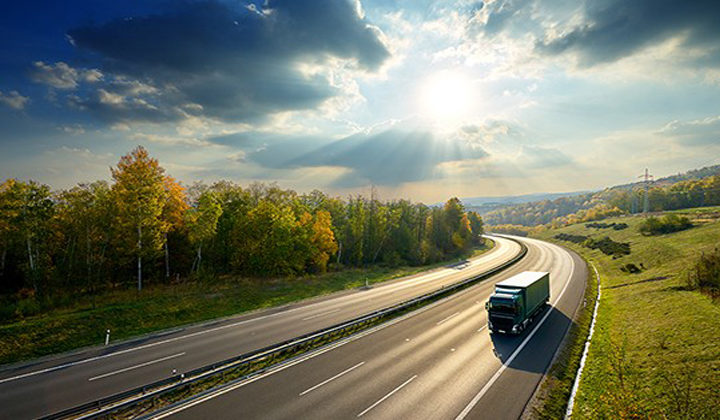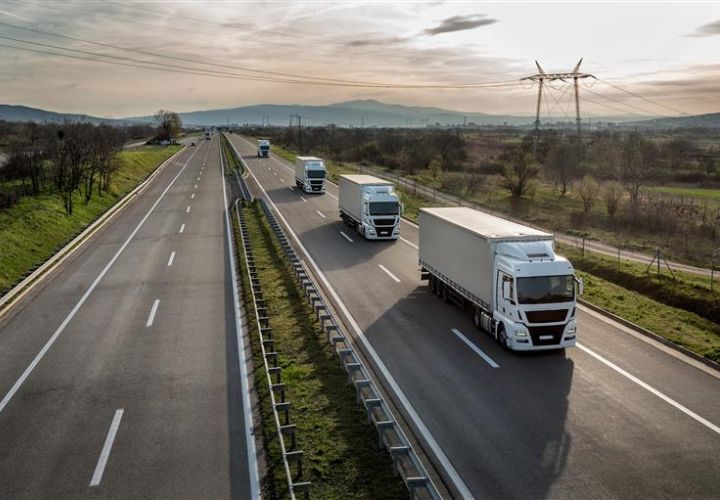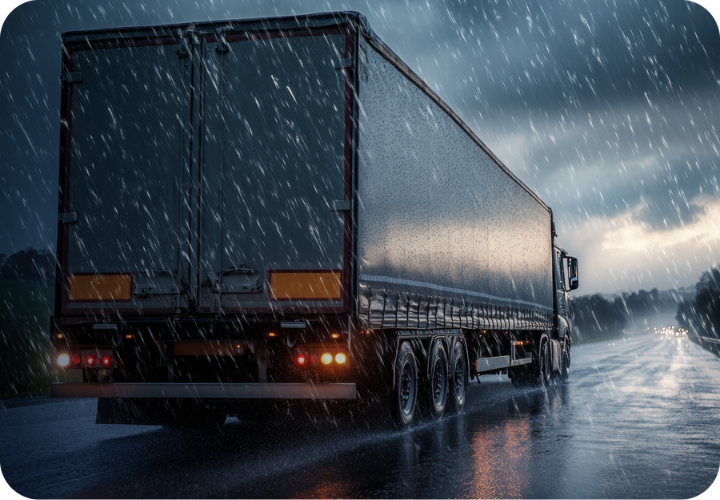The Covid-19 pandemic has accelerated an already growing trend – the demand for takeaway food delivery. This lucrative market has been growing since the 2000s, with the emergence of third-party apps allowing more traditional restaurants to meet customer demand for food at home.
With restaurants closed for long periods during the past 12 months or more, food outlets have had to find new ways to maintain and even reinvent revenue streams. Coupled with consumer demand, this has driven an acceleration in the delivery to your door food trend.
The takeaway industry is now worth an estimated £4.9bn according to NPD, the consumer research company that has most recently assessed the current size of the market.
This growth in demand has spawned a new phenomenon – the rise of the ‘dark kitchen’ – where restaurant food is prepared exclusively for delivery to home-based clientele.
The dark kitchen offers a number of benefits to established restaurants not least of which is lower overheads as there is no need for prime high street locations, wages for waiting staff or a premises with room for customers. A dark kitchen can also support multiple brands – as the kitchen can provide food of varying ethnicity across multiple menus.
This makes the model flexible – if demand for one brand declines, the dark kitchen simply reduces output and turns its attention to more popular lines.
Technology and consumer responsiveness have been the primary drivers for dark kitchens. Restaurants don’t even need to invest in their own app as they can rely on third party apps that are aimed exclusively at diners who don’t want to leave the comfort of their home and hearth to be fed.
The Role of Logistics
From a logistics point of view, this growing trend is driving last mile delivery in particular. Once a consumer places an order, a dark kitchen will prepare it, but the food order still needs to be delivered. Some companies running dark kitchens are running their own fleets, of different shapes and sizes, whilst others are utilising third party providers.
Additionally, dark kitchens need incoming deliveries of fresh produce, even if it this may not currently be at a sufficiently large enough level to counter restaurant closures and insolvencies.
As restaurants open their doors again to welcome diners, consumers who wish to, will doubtless return to traditional eateries to enjoy the complete wraparound dining experience. But consumers who remain cautious about going out, or those who have simply got used to home deliveries, will still drive demand for fast ordering and delivery which calls for joined-up and effective logistics support.
The Microlise Technology Angle
Our technology solutions for logistics fleets come into play across a number of areas:
- Tracking & Telematics – fleet operators can track both their own assets and third party contractors, to understand location, utilisation and performance
- Journey Management – our Schedule Execution Board provides visibility of performance across the fleet vs the plan – understanding which deliveries are on time, which are late, which are complete or still outstanding.
- Proof of Delivery – available for both in-house staff and third party contractors, our Proof of Delivery solutions allow operators to digitally capture ‘proof’ of receipt data.




